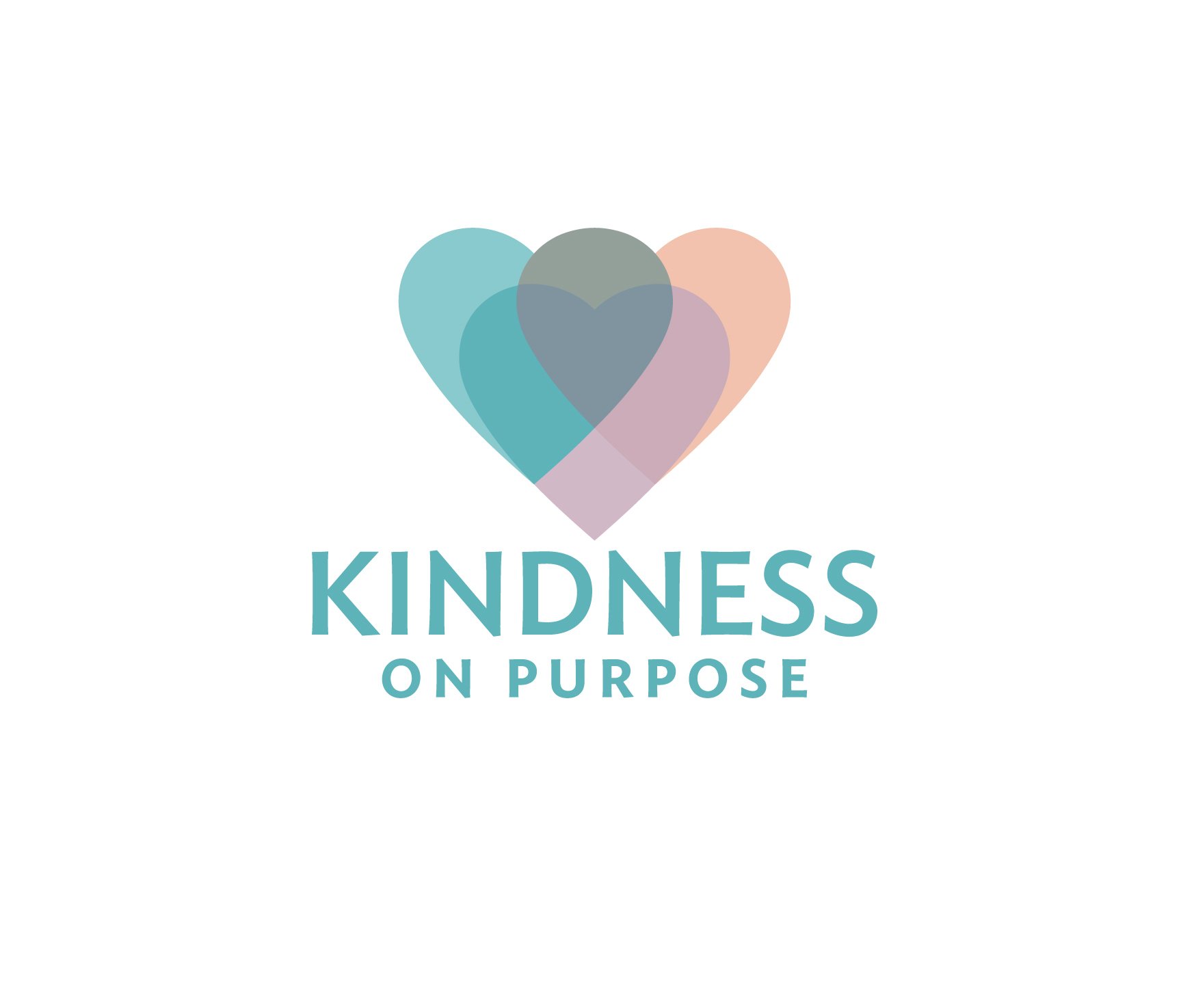What is bullying and what impact is it having on our children and communities?
Bullying is often misunderstood as physical violence and verbal taunts between children and adolescents. Cyber bullying is now understood to be a prevalent and far reaching issue. There is a further form of bullying though that can easily be overlooked. It can easily be missed as it can be subtle and hard to detect. This is a form of bullying defined as peer relational aggression.
Peer relational aggression occurs mostly between girls and is most commonly seen as ignoring and social exclusion from the group, gossiping, giving the “evil eye” and sending messages from one bully to the victim usually via a messenger. These behaviours can begin as early as kindergarten and there have been incidences as early as pre school.
Children who are bullied can experience negative mental health, physical and social issues. They are more likely to experience depression, anxiety, increased feelings of loneness and social isolation, physical health issues and decreased academic achievement. A small percentage of children who are bullied may retaliate. Out of 15 shooting cases in the 1990s in the US, 12 of the teenagers had been bullied historically.
Children who bully others are more likely to engage in other anti social behaviour in adulthood. Without effective intervention, children who bully as they move into adolescence and adulthood are more likely to use alcohol and other drugs, get into fights, vandalise and disengage from school, engage in early sexual activity and be abusive in their adult relationships.
Children who witness bullying are more likely to experience higher rates of mental health issues, have lower rates of attendance at school and use alcohol and other drugs.

